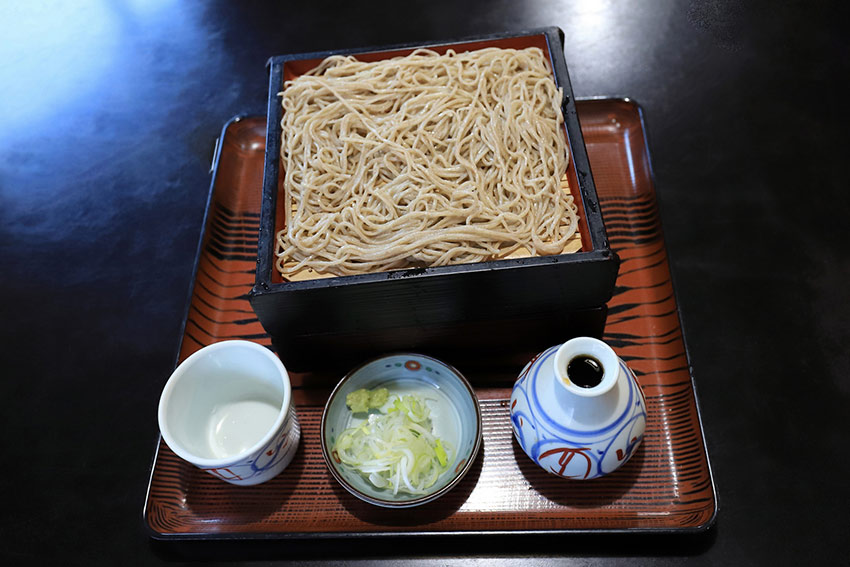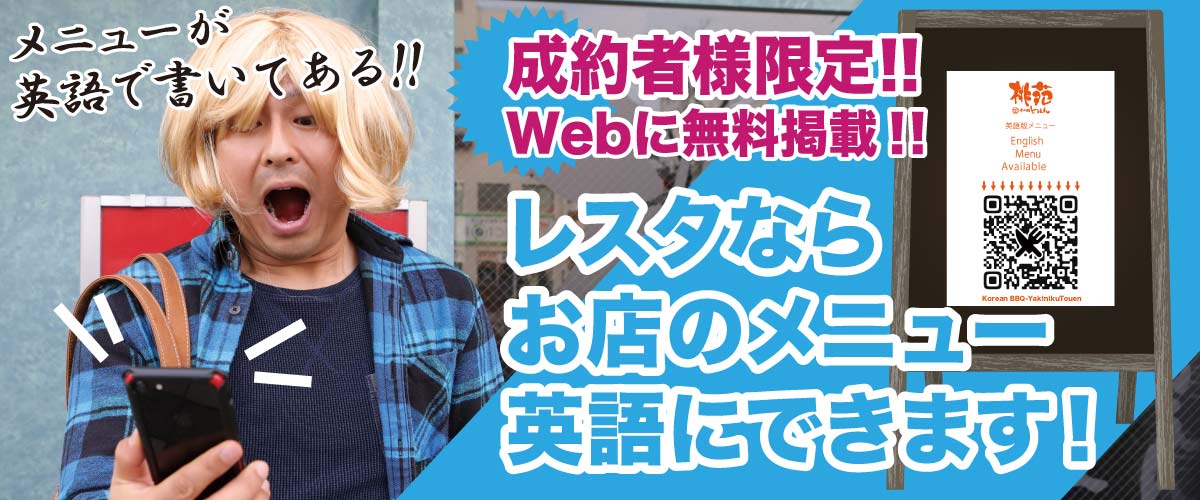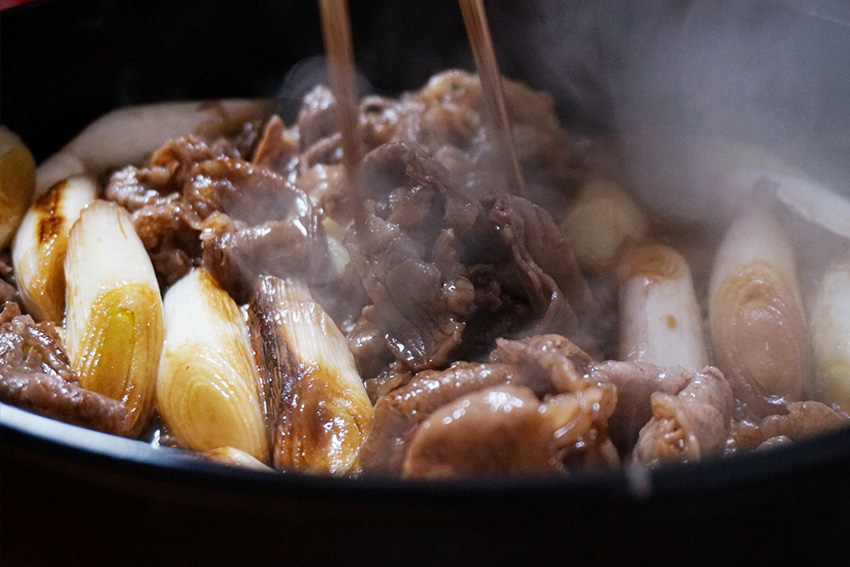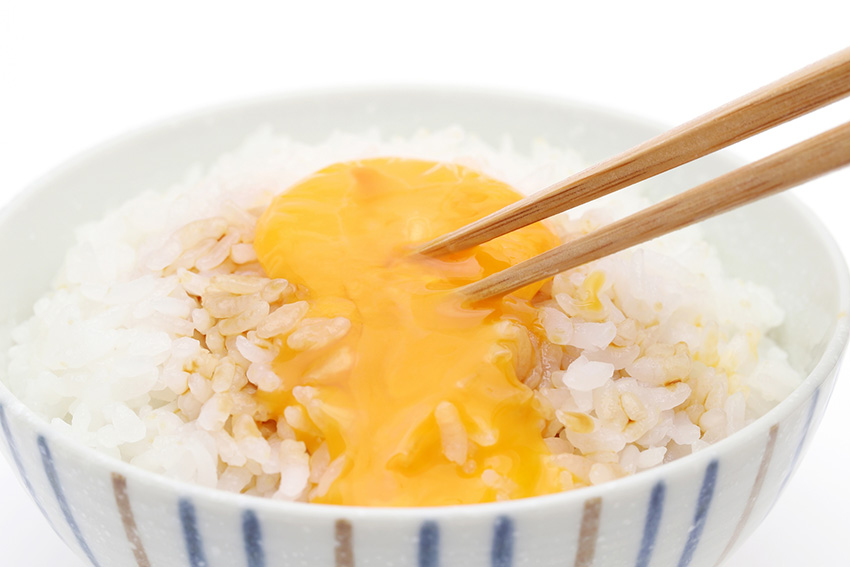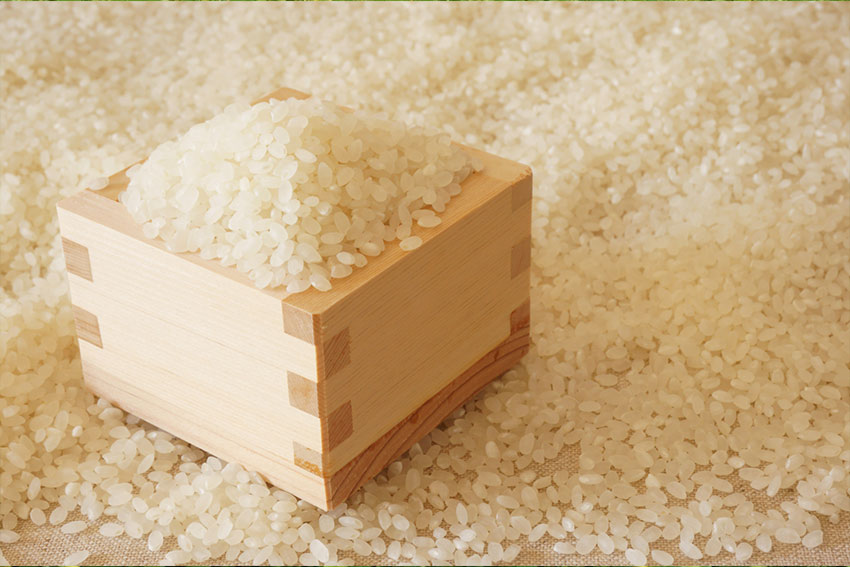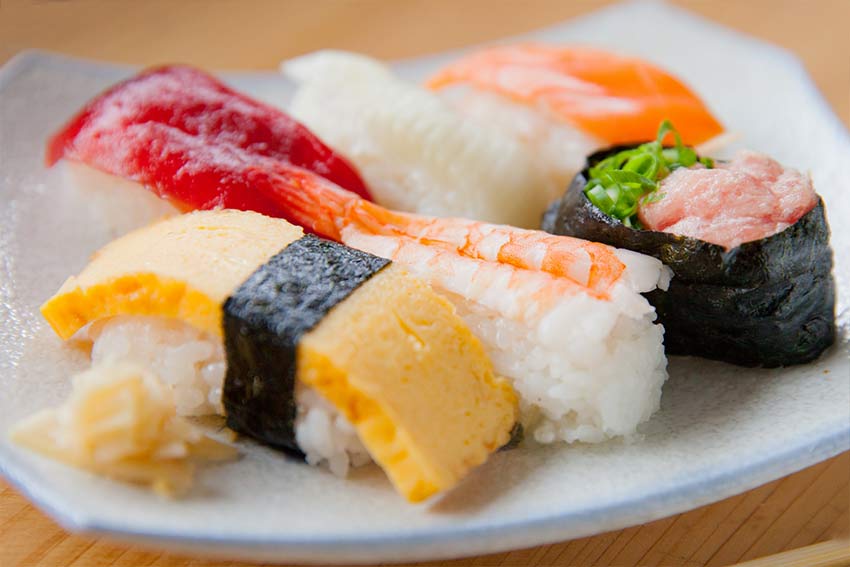Soba is delicious, isn't it? As summer approaches, Soba noodles are also started to be sold at convenience stores.
It looks like Soba culture is more developed in the Tokyo than in Osaka, but what about the truth?
In this article I would like to write about the difference between "Mori Soba", "Zaru Soba", and "Seiro Soba".
The Development of Soba
Currently, Soba noodles can be eaten in various places throughout Japan, but it is said that the development of the Soba was made in the Edo period.
First of all, Soba were often eaten in the early Edo period, which is a rice cake-like food made by Buckwheat flour.
Eventually Shredded Soba-cake came to be called "Soba Kiri", and started to eat with dip sauce, became popular and spread in people.
Mori Soba
Nowadays, We have a common image that "Mori Soba" is a soba which is no garnished shredded seaweed .
Soba Gaki had changed the shape to "Soba Kiri", then they started to call it "Mori Soba" when they put it on the plate.
It was just the matter of how it was decorated!? Yes, maybe...
Zaru Soba
Since then, in the middle of the Edo period, the number of soba shops has increased with its own style and efforts.
In this trend, there was a Soba shop called "Iseya" in Fukagawa, Tokyo, put Soba on a bamboo colander(Zaru, in Japanese).
The look was quite novel, and when some Soba was put on it, Soba wasn't becoming watery to the last minute. So it became popular and other shops imitated it when it is possible to eat deliciously
In the Meiji era, shredded seaweed was topped on Zaru Soba.
Seiro Soba
Seiro Soba is a cold Soba served on a square bamboo steamer(seiro, in Japanese)...Is it too unkind to end the explanation only by this?
At first, Seiro Soba was a steamed hot Soba. This is normal because a seiro is a tool to steam foods.
Now we don't steam Soba. And eat it cold. But still there is a seiro. This is funny,isn't it?
Nowadays, Some shops serve Zaru Soba and the other shops serve Mori Soba or Seiro Soba. Different names but anyway it is a cold Soba noodles. This situation is a little weird in Japanese people too.
It's just depend on shops.
Summary
Every dish has a historical background in origin and appearance.
I wonder if the Soba that we usually eat casually will be able to eat even more deliciously by knowing such a history and episodes.

